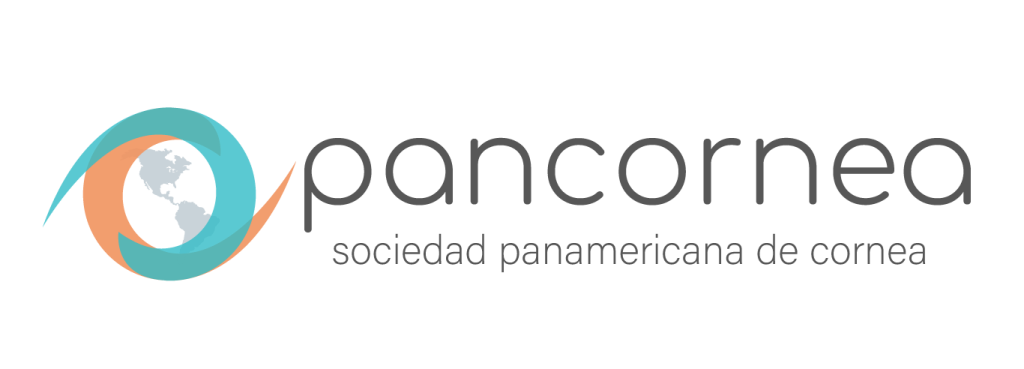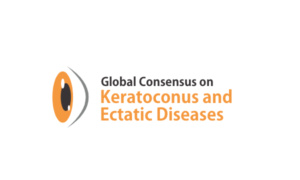KERATOCONUS AND ECTATIC DISEASES
Keratoconus and ectatic corneal diseases have been known for over 150 years. However, over the last decades, there has been an explosion in the knowledge related to the diagnosis and management of these conditions.
Surgical treatment for keratoconus can exemplify this evolution: alternative procedures such as the use of Intrastromal Ring Segment (s), Crosslinking, Therapeutic Laser Surface Design (PTK-PRK) and Phakic Intraocular Lenses (IOL) have been proposed to delay or even prevent corneal transplantation.
In addition, new techniques of keratoplasty have been developed as Deep Anterior Lamellar (DALK) and Phemtosecond.
While such advances have significantly improved our ability to diagnose and treat these patients, there are still many controversial aspects related to corneal ectatic diseases. Thereby, there is a need for achieving a convergence of opinion concerning these controversial points to set current guidelines for the management of these diseases.
Consensus methods have been used in different areas of the knowledge for defining levels of agreement on controversial subjects. It is also a powerful and logical way to establish guidelines. One of these methods is the Delphi Panel technique which is based on the analysis of questionnaires answered by a panel of selected experts.
During the last years, the four supranational Cornea Societies have begun to work closely together at a global level in order to exchange ideas and enhance scientific knowledge in an attempt to help reduce ocular morbidity and blindness from corneal diseases. The development of the Global Consensus of Keratoconus and Ectatic Diseases is the first important step in this direction.
DESCRIPTION
The 1st Global Consensus on Keratoconus
will be organized by the supranational Cornea Societies including PanCornea, EuCornea, Asia-Pacific Cornea, and the Cornea Society. Two coordinators from each society have been selected:
1) PanCornea / Jose AP Gomes, MD and Renato Ambrosio, Jr., MD
2) EuCornea / Jose Guell, MD and François Malecase, MD
3) Asia-Pacific Cornea / Donald Tan, MD, Kohji Nishida, MD and Virender S. Sangwan, MD
4) Cornea Society / Christopher Rapuano, MD and Michael Belin, MD
OBJECTIVES
The Consensus aims to
Evaluate important controversial topics on Keratoconus and Ectatic diseases by a panel of specialists from all over the world in order to set guidelines for the diagnosis and treatment of these diseases.
Present its findings at the WCCVII (World Cornea Congress) in April 2015.
Publish a scientific article in the Cornea Journal (already approved by the Cornea Society)
The Consensus will utilize the Delphi Process as its foundation.
The Delphi Process is a forecasting method based on the results of questionnaires sent to a panel of experts. It is comprised of different steps:
- Evaluation and selection of topics to be discussed
- Literature search on the topic (scientific evidence)
- Selection of participants (panelists)
Preparation of questionnaires:
- 01 Determine the rounds
- 02 Schedule the timelines
- 03 Establish the data analysis
- 04 Discussion and final evaluation
Panelists: There will be 3 groups with 3 members from each society (12 panelists per group)
- Group 1 – Definition/Diagnosis
- Group 2 – Clinical Treatment
- Group 3 – Surgical Treatment
- Rounds 01
– Generation of questions based on updated published information - Rounds 02
– Evaluation of answers – compilation of data
– New questions generated based on previous round answers
– Applicable analysis performed - Rounds 03
– If no agreement is reached in Round 1 and 2
– Discussion

